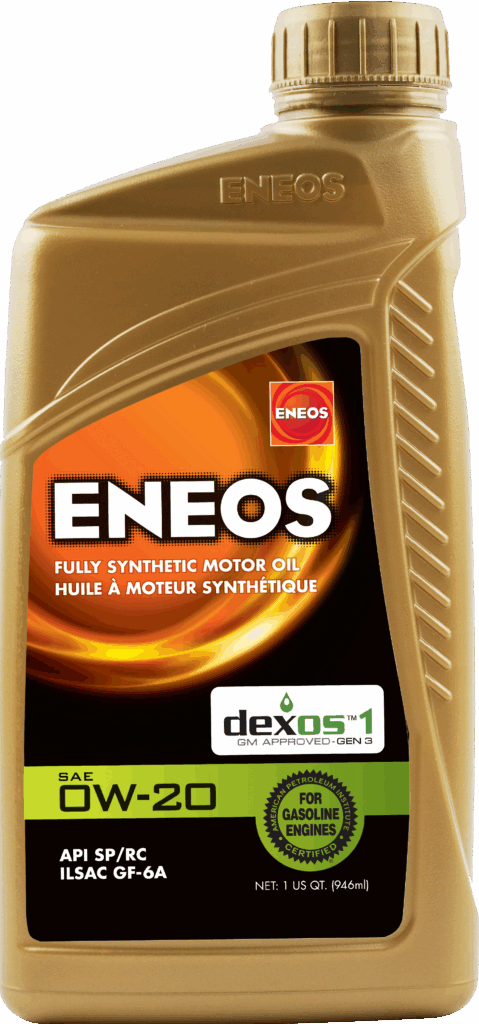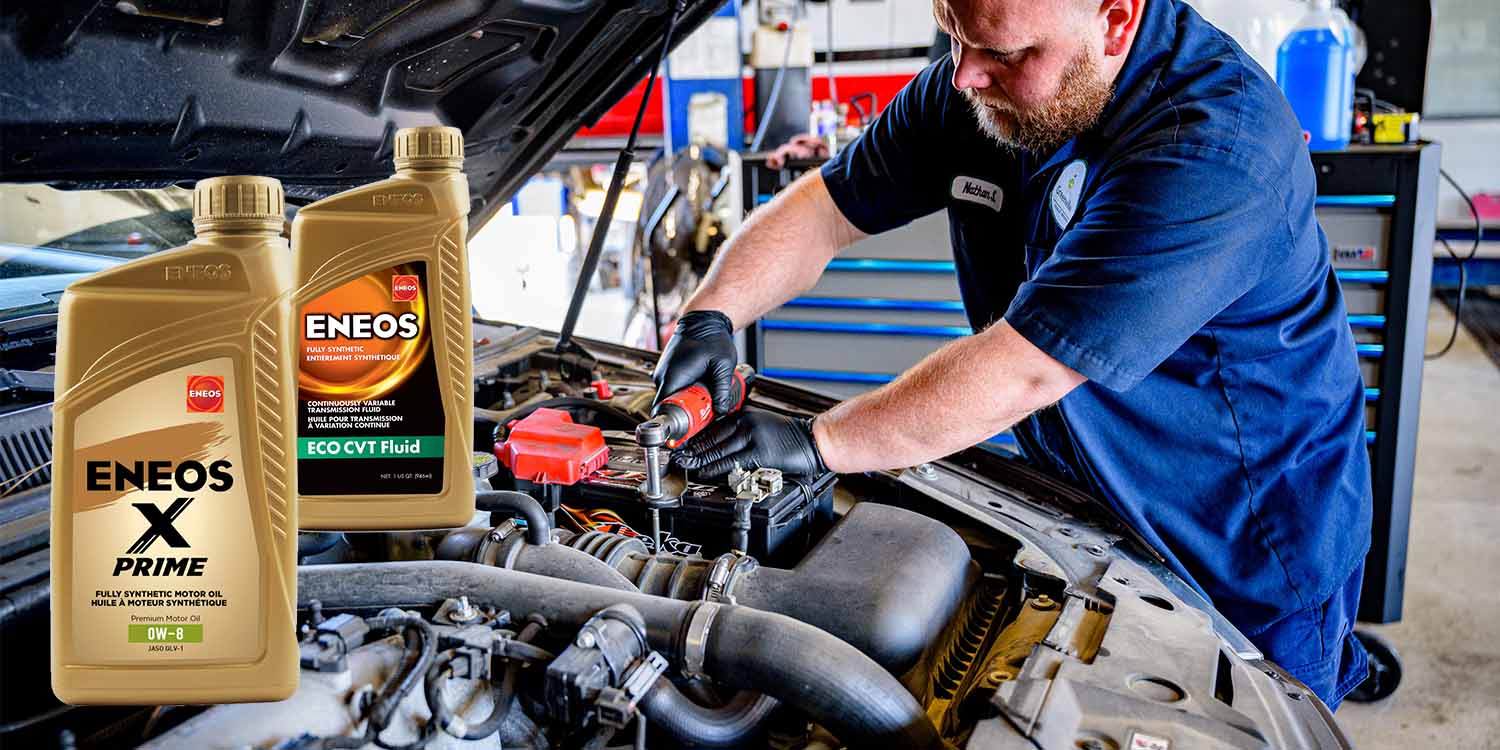Did You Know? BAD VEHICLE HABITS
Cars are a lot more reliable than they used to be. It’s easier than ever to keep a car on the road longer given better materials and more precise manufacturing processes. The advancement of onboard diagnostic technologies also helped to make diagnosing problems easier, but none of these improvements matter if the vehicle’s owner isn’t doing their part. Bad habits can build up over time and reduce the overall lifespan of the car.
Here are some of the bad habits we’ve noticed contribute to shortening a vehicle’s lifespan. Share these with your customers to help ensure they are giving their vehicle its best shot at a long, repair-free life.
1) Not changing oil on time
Nothing in life is maintenance-free. Oil is the lifeblood of a vehicle’s engine and is responsible for lubrication and heat dissipation. Each engine is slightly different and may require a different type of oil, so it’s not only important to change and monitor oil but ensure that the correct oil is being used for the car.
The negative side effects of not changing oil are well documented:
- Oil breaks down over time whether the car is driven or not.
- When oil breaks down, it loses its ability to lubricate effectively.
- Additionally, oil can become contaminated with water, fuel, and dirt over time, which also reduces its effectiveness.
- Finally, all vehicles burn oil, even if it’s in very small quantities, which means the oil levels will naturally go down as the car is driven.
2) Avoiding regular maintenance with other fluids
Oil is not the only fluid that can cause issues if not changed, or at least checked for proper levels. A good example is antifreeze. If the radiator springs a leak the car will lose its ability to cool itself down, resulting in engine overheating. Such an event can easily lead to engine damage down the road.
There are a number of fluids in the car, including coolant, transmission fluid, brake fluid, and more. They don’t all directly correlate to engine damage, but they can all contribute to vehicle failure.
3) Ignoring the check engine light
The check engine light comes on when the car detects an issue with something in the engine bay. Unfortunately, it could be any one of dozens of different potential issues and not all of them can cause engine problems. For example, some models will turn on the check engine light if the fuel cap is left off, a pretty easy problem to fix.
A few other causes of a check engine light include spark plug issues, oxygen sensors, a dirty mass air flow sensor, or a catalytic converter issue. Depending on the issue, a vehicle can be driven around for days, weeks, or even months without additional issues. However, each mile driven could be putting wear on an engine that can eventually cause it to fail.

4) Hard acceleration and aggressive driving
Sometimes, it’s fun to put the pedal to the metal and enjoy a spirited drive around favorite backroads. It’s not necessarily difficult to see why with heavy acceleration, heavy braking, and lots of aggressive driving behavior that this can be hard on the vehicle. Cars are designed to live through this without any damage — to an extent.
The other potential issue is doing all of the above while the engine is cold. It is often recommended to drive with a lighter touch until the engine comes up to temperature. Going straight from the driveway to driving like a race car driver means the engine oil doesn’t have the time to reach its operating temperature. That can cause engine wear if done too often.
5) Overloading the car
This is overlooked a lot but every vehicle has a maximum weight limit. Even vehicles without tow ratings still have weight limits. Once that limit is exceeded, it can cause damage to all sorts of systems within the vehicle, including the engine, suspension, brakes, and even the transmission.
For the engine, though, the big problem is engine strain. A car’s engine is designed to pull a certain amount of weight. It can and will pull more than that, but it causes an immense amount of strain on the components. That strain will eventually lead to component failure and engine wear.
6) Making short trips too frequently
When short trips are made, an engine may not get to warm up all the way. Driving a car around with a cold engine can cause damage, especially if driving aggressively. The problem is particularly pronounced in newer engines and turbocharged engines, where fuel dilution is a common issue.
Fuel dilution is when unburned fuel mixes with the engine oil in a vehicle’s engine. This usually happens when fuel leaks past the piston rings into the crankcase. It can occur for reasons like short trips (where the engine doesn’t reach full operating temperature), frequent cold starts, or issues with fuel injection or combustion. It’s particularly known in certain vehicles, such as the Honda CR-V.
Fuel dilution thins the oil, reducing its ability to lubricate and protect the engine properly — which can lead to increased wear, poor performance, and potential engine damage if not addressed.
The best way to fix dilution is to drive a car around long enough for it to warm all the way up. Once the engine is at its operating temperature, it’ll burn off the fuel in the oil.
7) Not letting the turbocharger cool down
Turbochargers are commonplace these days and they require a little care. Turbocharged cars are fun to drive, and some spirited driving gets the turbocharger heated up quite a bit.
It’s recommended to either drive around normally for a few minutes before parking the car or let the car idle once parked for a few minutes. Engine oil also lubricates and cools the turbocharger in the vehicle at least some of the time, so changing oil consistently also helps the turbocharger stay cooler and better lubricated. That leads to less turbo wear and tear, which helps prevent premature failure.
8) Consistently hitting the rev limiter
Cars aren’t designed to be at redline all the time. Typically, they’re designed to hit the rev limiter during occasional hard acceleration and that’s it.
By running the engine at or above the rev limiter consistently, it stresses the engine, which can eventually lead to failure.
9) Ignoring concerning sounds and smells
Perhaps the most time-honored method of telling that something is wrong with a vehicle is the smell test. While there are sensors in a car to tell whenever the vehicle has an unexpected issue, it’s still possible to have problems the sensors can’t detect. For those types of problems, vehicle owners can usually see, hear, smell, or otherwise experience the problem before it becomes big enough to actually cause damage. Operators will hear the engine knocking before it fails, smell burning oil before they see the leak, or notice drivetrain sounds long before a component fails. Ignore these symptoms and something will eventually break.
We hope this post is helpful for your customers! If you want to share this info, download the flyer (below).
Download DYK Bad Vehicle Habits [PDF] | More about ENEOS Products>

